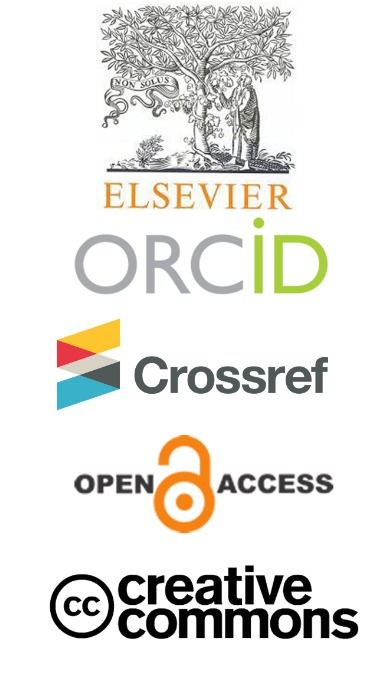The Role Of Spatial Organization Elements In The Sustainability Of The City
Abstract
The knowledge of the spatial systems of the organizational process of any place is not sufficient in understanding the mechanism that works to create that place without understanding the elements that make it up and control it, as these actors share relationships and behaviors with spatial and functional characteristics that differ in the amount and levels of influence among them, and that the development of means of transportation and privacy occupied by the urban transport system is one of the most influential components in the urban environment, the stages of development of the city's growth over time are a reflection of the accompanying changes in transportation technology and land uses, and urban sustainability policies require the existence of special standards that reduce the need for movement and movement to long distances by harmonizing land uses and the movement system in it, and working to apply the vocabulary of the sustainable transport system, which will help reduce land consumption and ensure easy access to the population of their goods and needs and achieve a healthy life for current and future generations, therefore, the research problem stemmed from the cognitive weakness in the application of indicators of movement axes and the method of distributing events in the urban land uses of the city, while the research paper aims to identify the mechanism that can help improve the performance of the transport and movement network in the city through accuracy in diagnosis and knowledge in dealing with the system according to standards, and work to achieve the needs of the population in line with sustainable principles, therefore, the hypothesis adopted the importance of measuring movement and transport indicators and their role in the sustainability of urban land uses of the city through measurement and comparison with the approved planning standards and the possibility of providing the necessary treatments that help preserve resources, absorb urban changes, maintain balance for urban systems and enable them to provide their duties according to scientific contexts, and the research paper adopted the methodology of comparative quantitative analysis by adopting measurement and comparison with standards after identifying indicators for active and influential elements, The research paper dealt with the most important concepts related to the movement and transport system and presented a set of conclusions that strengthened the hypothesis of the research paper and showed the importance of these indicators and their role in achieving a sustainable urban environment, and made recommendations that will help in understanding and knowing spatial relationships and functional links with varying effects in presenting the city according to sustainable concepts.



